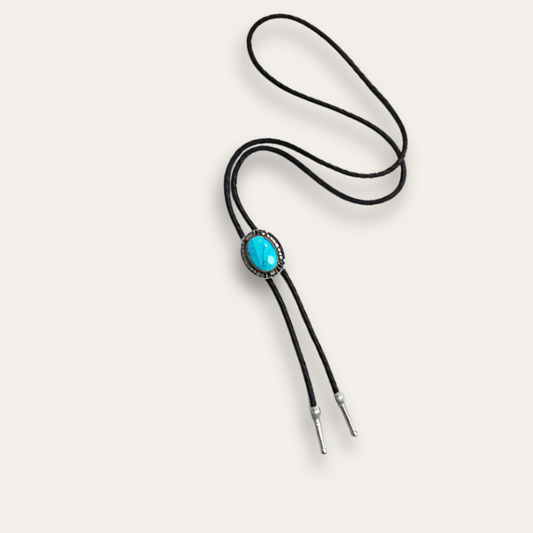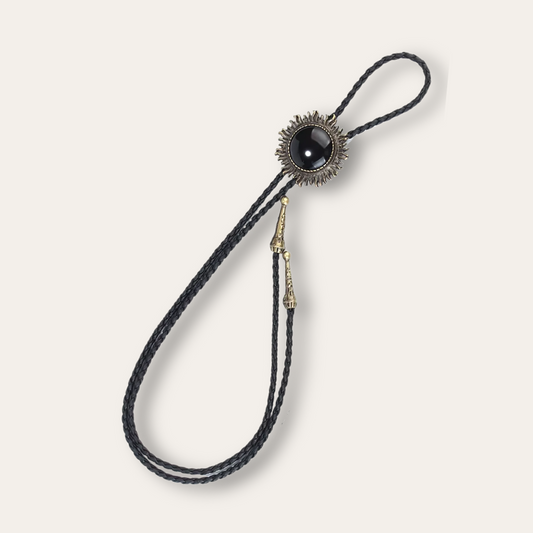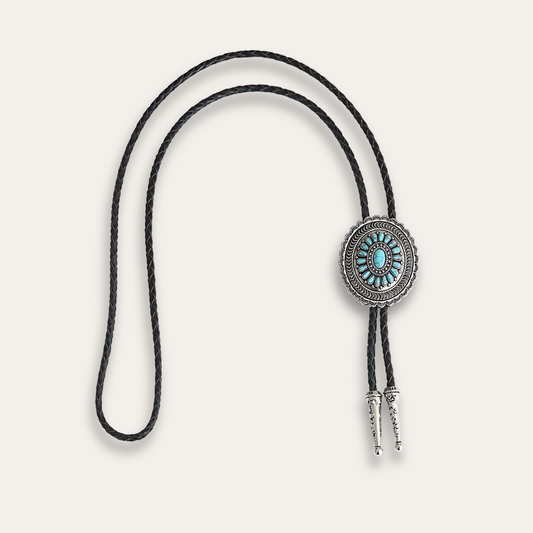20% OFF ON THE 2ND BOLO TIE -
20% OFF ON THE 2ND BOLO TIE -
20% OFF ON THE 2ND BOLO TIE -
20% OFF ON THE 2ND BOLO TIE -
20% OFF ON THE 2ND BOLO TIE -
20% OFF ON THE 2ND BOLO TIE -
20% OFF ON THE 2ND BOLO TIE -
20% OFF ON THE 2ND BOLO TIE -
20% OFF ON THE 2ND BOLO TIE -
20% OFF ON THE 2ND BOLO TIE -
20% OFF ON THE 2ND BOLO TIE -
20% OFF ON THE 2ND BOLO TIE -
20% OFF ON THE 2ND BOLO TIE -
20% OFF ON THE 2ND BOLO TIE -
20% OFF ON THE 2ND BOLO TIE -
20% OFF ON THE 2ND BOLO TIE -
20% OFF ON THE 2ND BOLO TIE -
20% OFF ON THE 2ND BOLO TIE -
20% OFF ON THE 2ND BOLO TIE -
20% OFF ON THE 2ND BOLO TIE -
20% OFF ON THE 2ND BOLO TIE -
20% OFF ON THE 2ND BOLO TIE -
20% OFF ON THE 2ND BOLO TIE -
20% OFF ON THE 2ND BOLO TIE -






